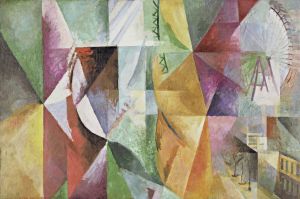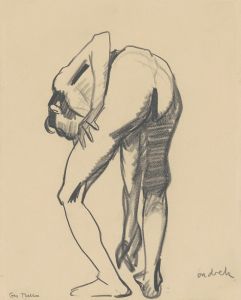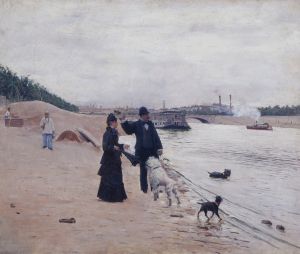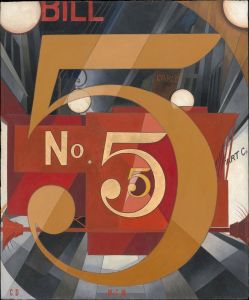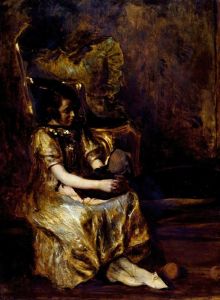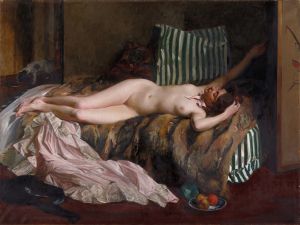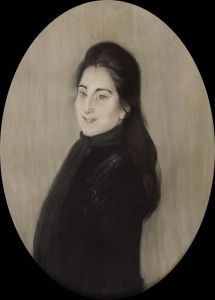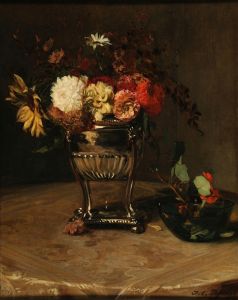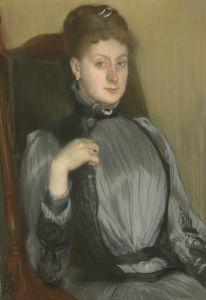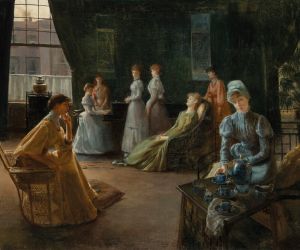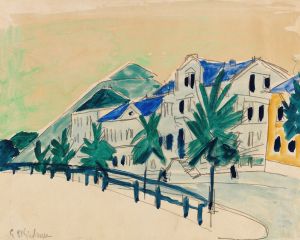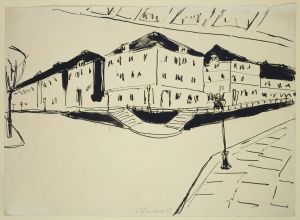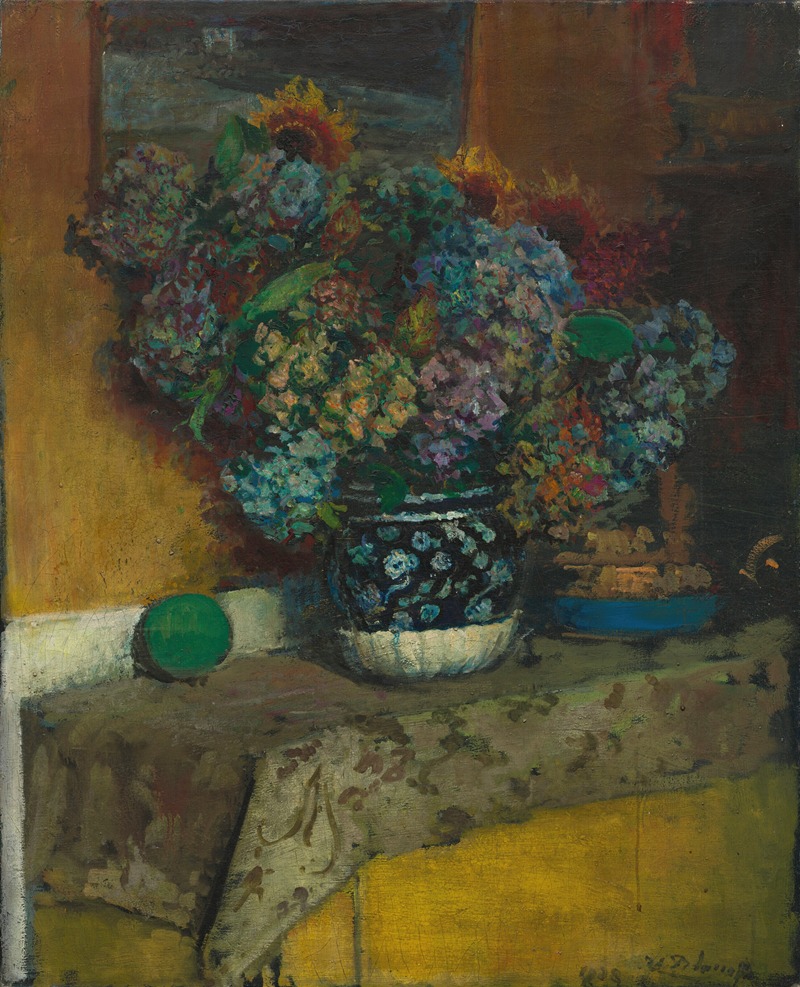
Au thé de la Madeleine, Fin du jour
A hand-painted replica of Jacques-Émile Blanche’s masterpiece Au thé de la Madeleine, Fin du jour, meticulously crafted by professional artists to capture the true essence of the original. Each piece is created with museum-quality canvas and rare mineral pigments, carefully painted by experienced artists with delicate brushstrokes and rich, layered colors to perfectly recreate the texture of the original artwork. Unlike machine-printed reproductions, this hand-painted version brings the painting to life, infused with the artist’s emotions and skill in every stroke. Whether for personal collection or home decoration, it instantly elevates the artistic atmosphere of any space.
Jacques-Émile Blanche was a prominent French painter born on January 31, 1861, in Paris, France. He was known for his portraits and his ability to capture the essence of the Belle Époque society. Blanche came from a cultured and affluent family, which allowed him to interact with many notable figures of his time, including artists, writers, and musicians. His connections and social standing provided him with a unique perspective on the cultural and artistic movements of the late 19th and early 20th centuries.
One of Blanche's works, "Au thé de la Madeleine, Fin du jour," is a painting that reflects his skill in portraying the social settings and atmospheres of his era. The title, which translates to "At Tea at the Madeleine, End of Day," suggests a scene set in a tea room near the Church of Madeleine in Paris, a popular gathering place for the Parisian elite. This setting was known for its elegant and refined atmosphere, frequented by those who were part of the city's vibrant cultural scene.
Blanche's painting style was influenced by his exposure to various art movements, including Impressionism and Symbolism. However, he maintained a distinctive approach that combined realism with a keen observation of character and mood. His portraits often depicted his subjects in their natural environments, capturing their personalities and the subtleties of their social interactions.
In "Au thé de la Madeleine, Fin du jour," Blanche likely employed his characteristic use of light and color to convey the ambiance of the setting. His attention to detail and ability to render textures and expressions would have contributed to the painting's overall impact, drawing viewers into the intimate and sophisticated world of Parisian society.
Throughout his career, Blanche painted numerous portraits of influential figures, including writers like Marcel Proust and James Joyce, as well as artists such as Edgar Degas and Claude Debussy. His work provides valuable insights into the personalities and cultural dynamics of his time, making him an important figure in the history of French art.
Blanche's legacy extends beyond his paintings; he was also a writer and art critic, contributing to the discourse on art and culture in France. His memoirs and essays offer a glimpse into his thoughts on the artistic developments of his era and his interactions with other prominent figures.
"Au thé de la Madeleine, Fin du jour" exemplifies Blanche's ability to capture the essence of a moment and the character of his subjects. While specific details about this particular painting may not be extensively documented, it remains a testament to his skill as a portraitist and his role in chronicling the social and cultural life of his time.
Blanche passed away on September 30, 1942, in Offranville, France, leaving behind a rich body of work that continues to be appreciated for its artistic and historical significance. His paintings, including "Au thé de la Madeleine, Fin du jour," offer a window into the world of the Belle Époque and the individuals who shaped its cultural landscape.





